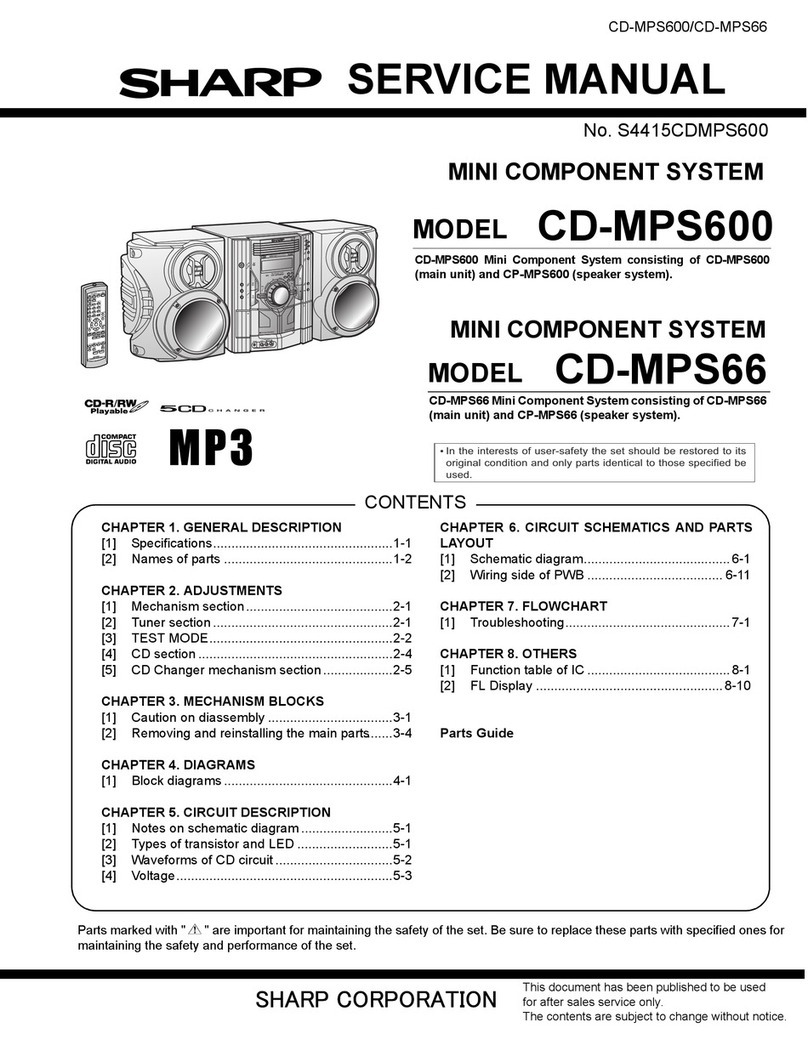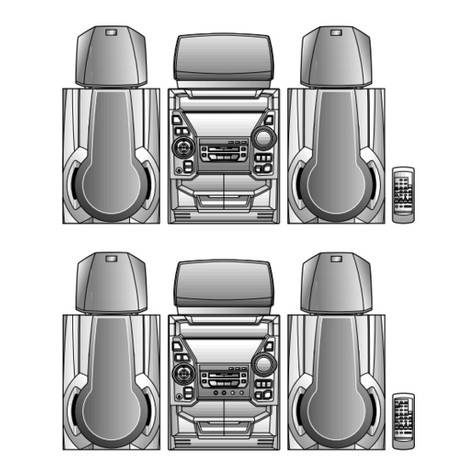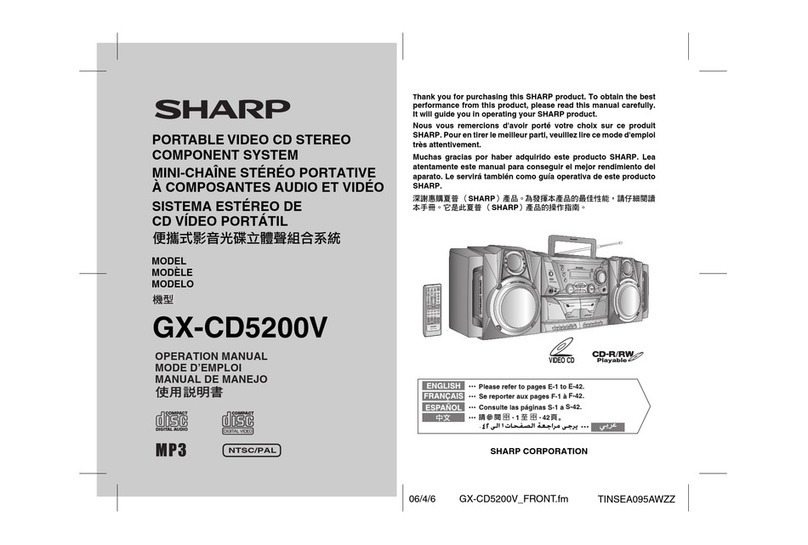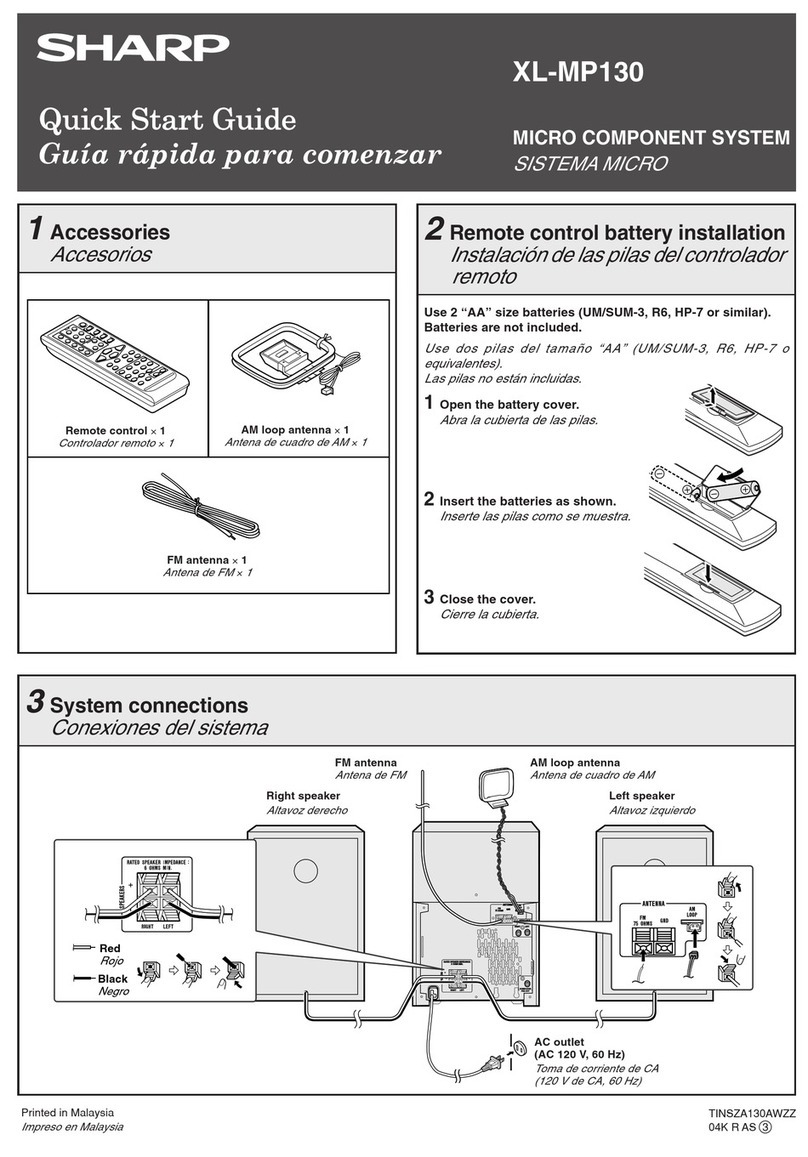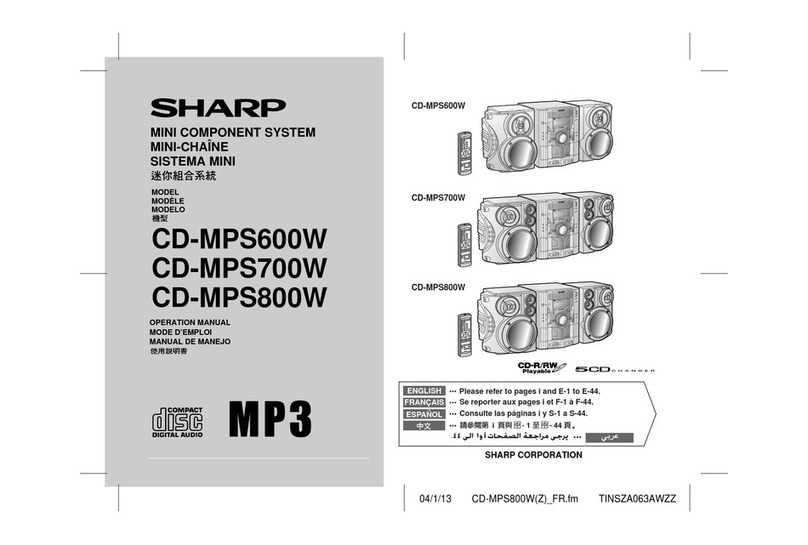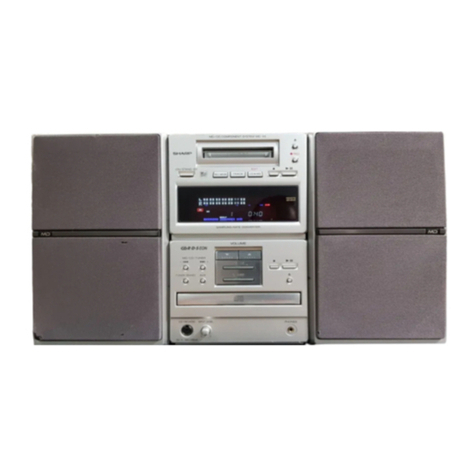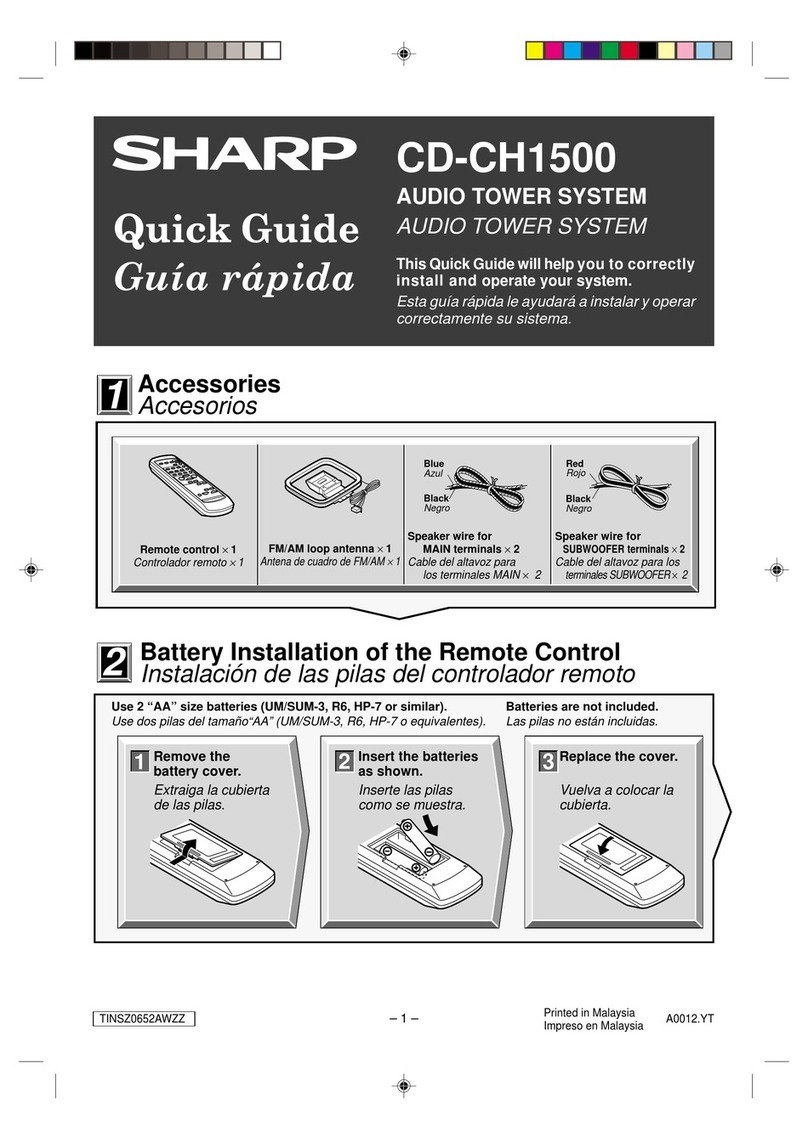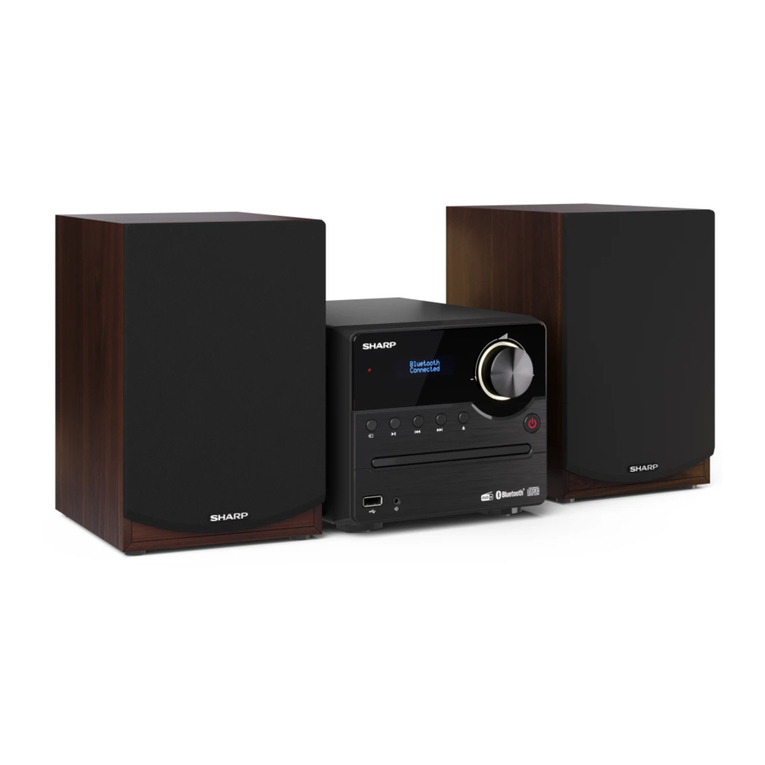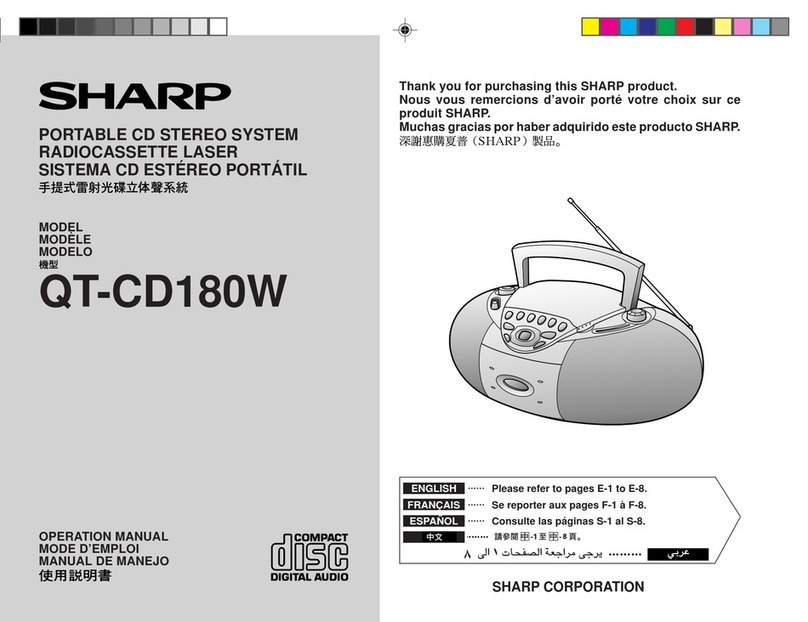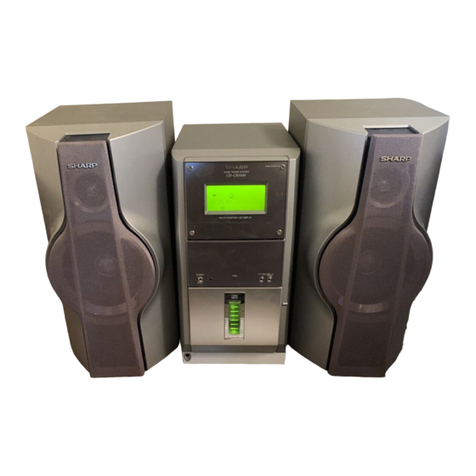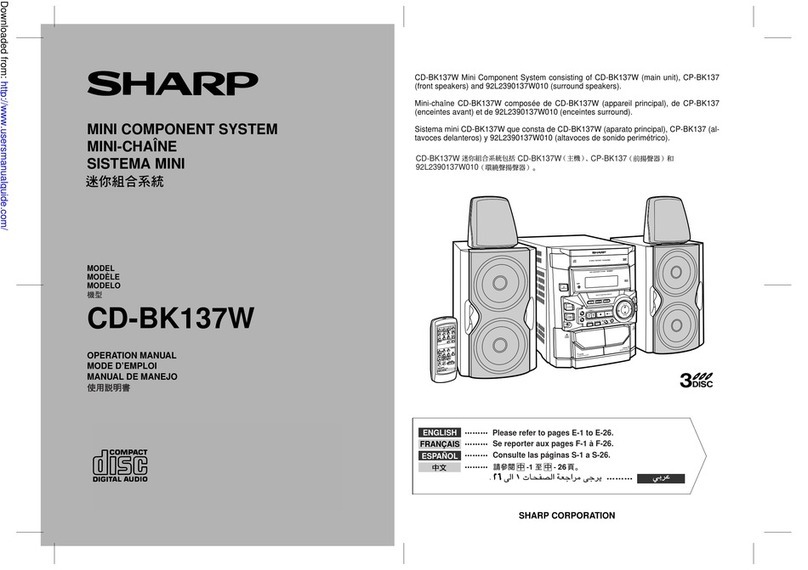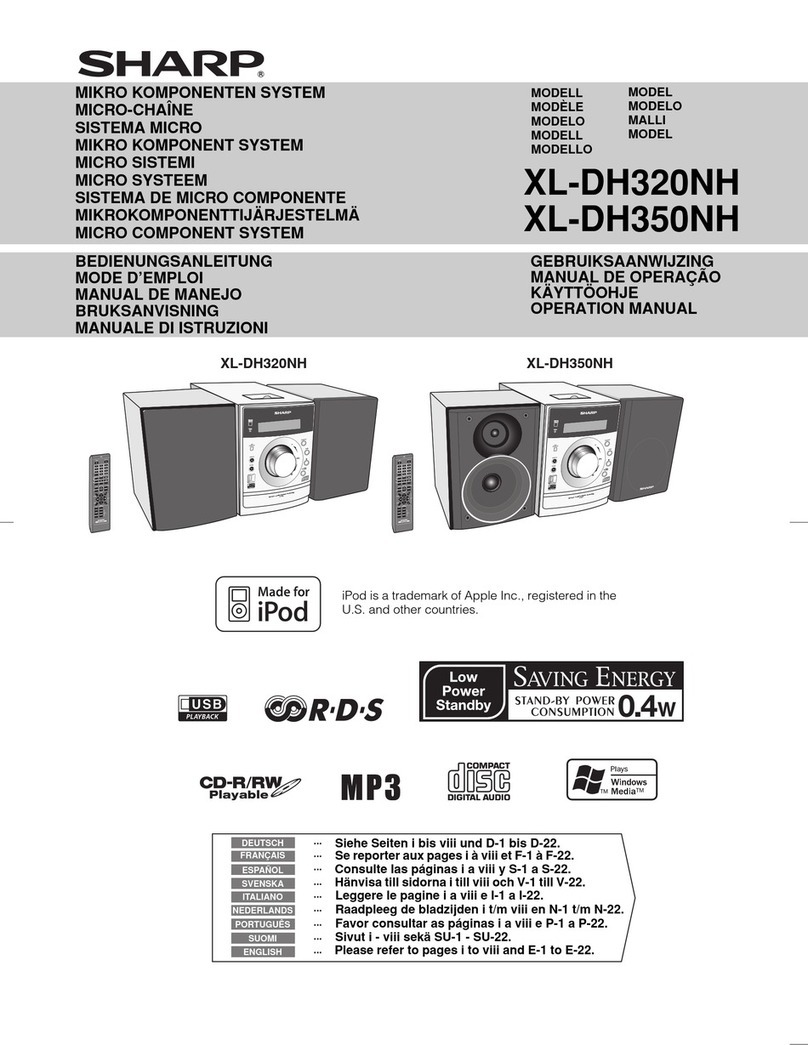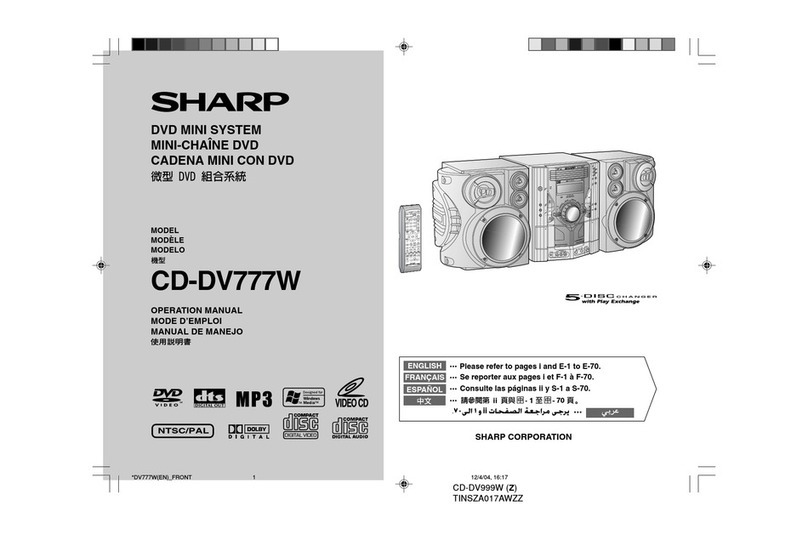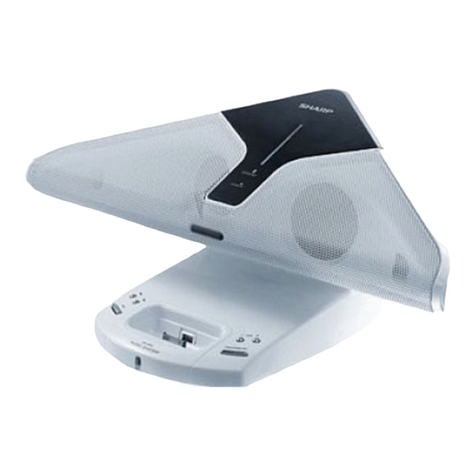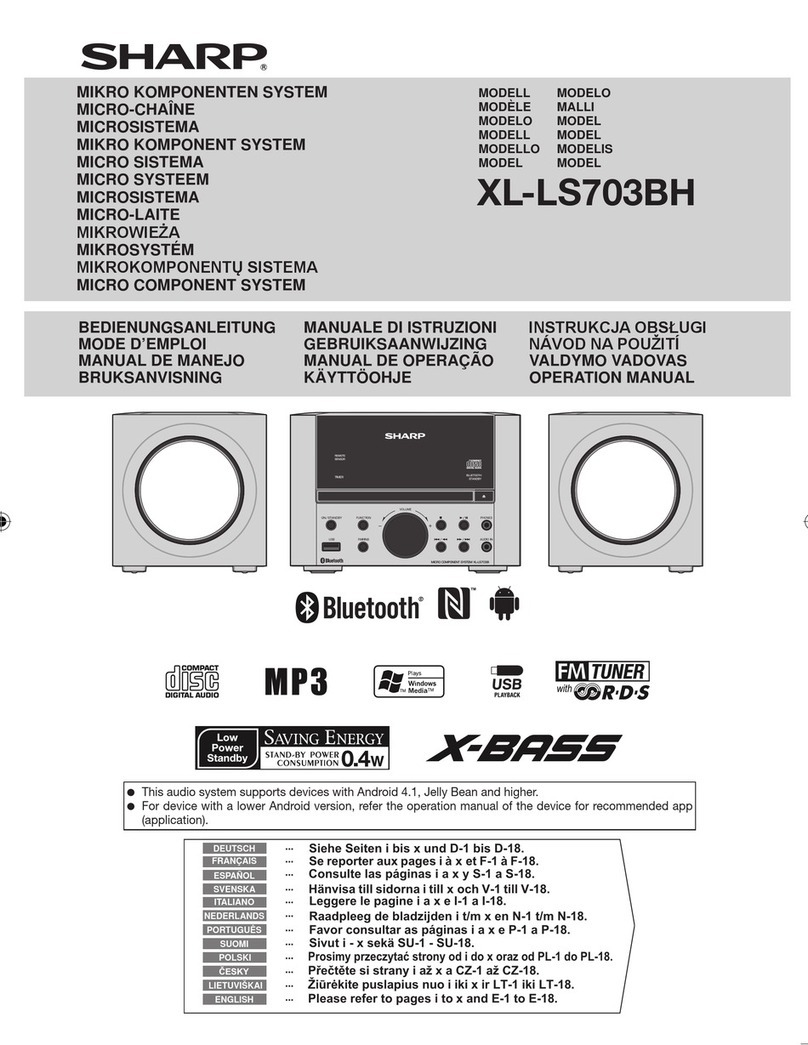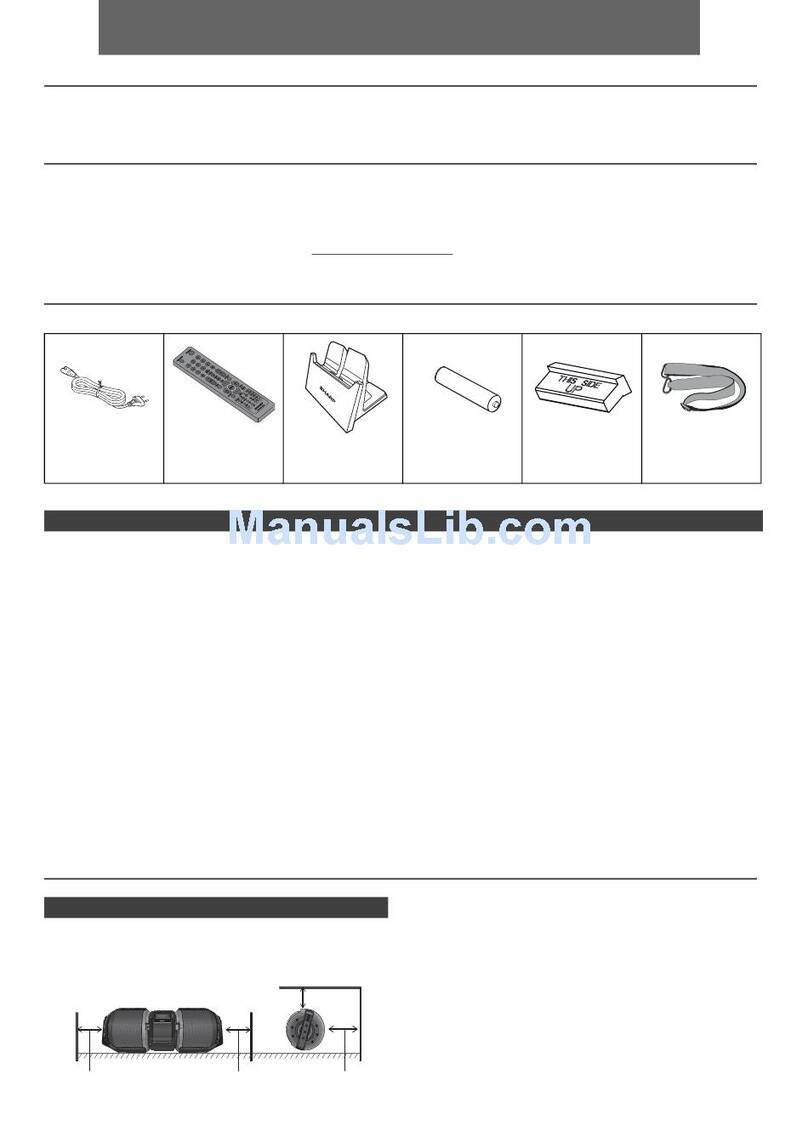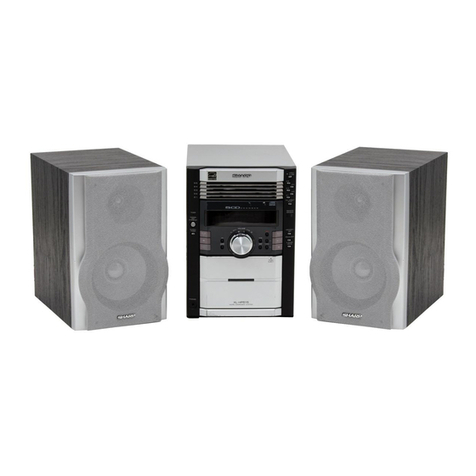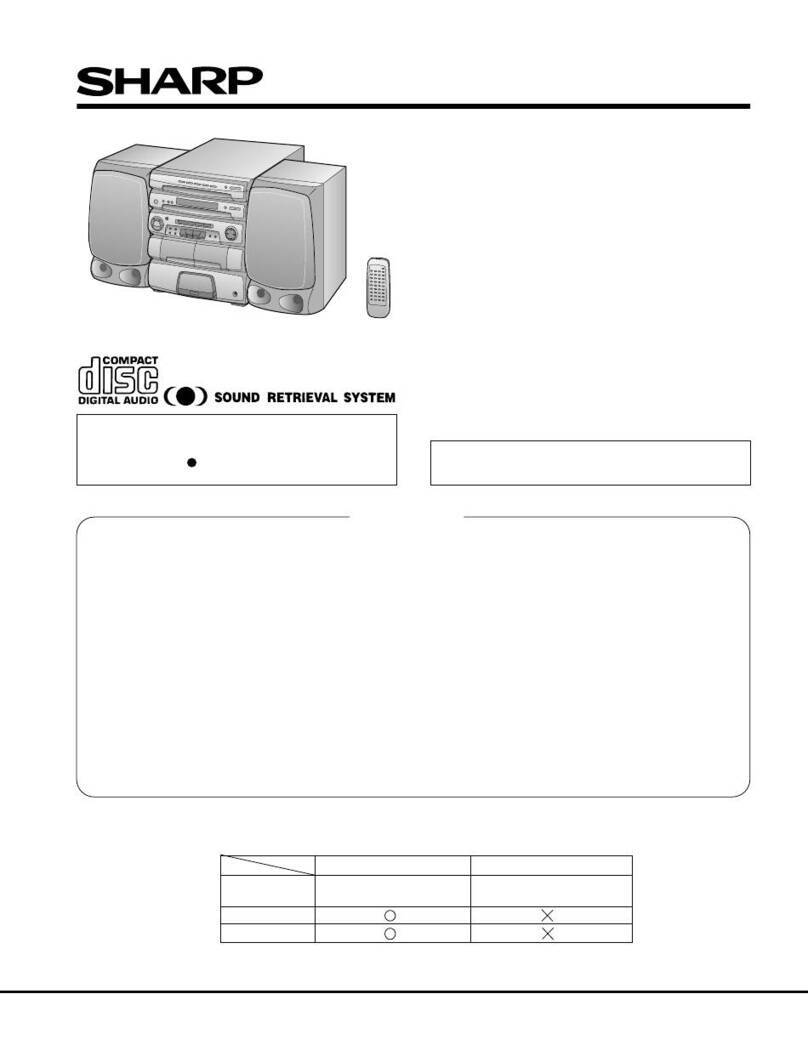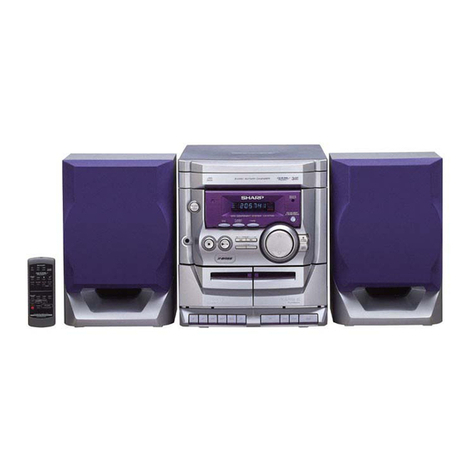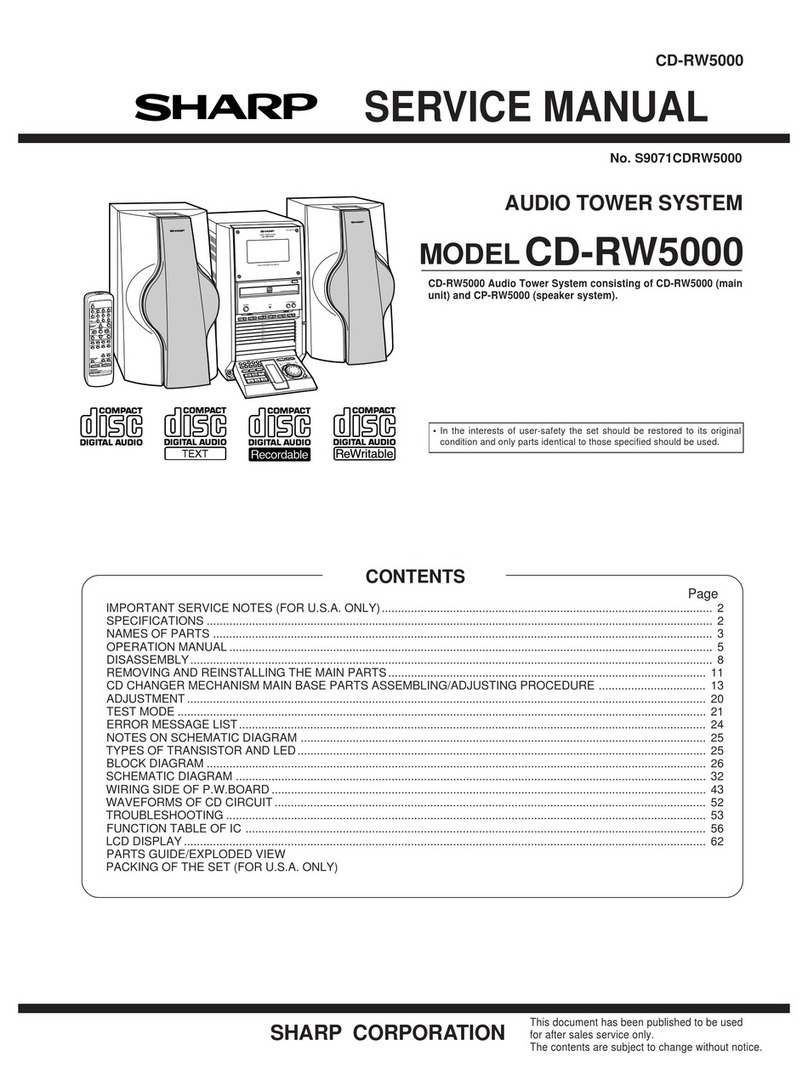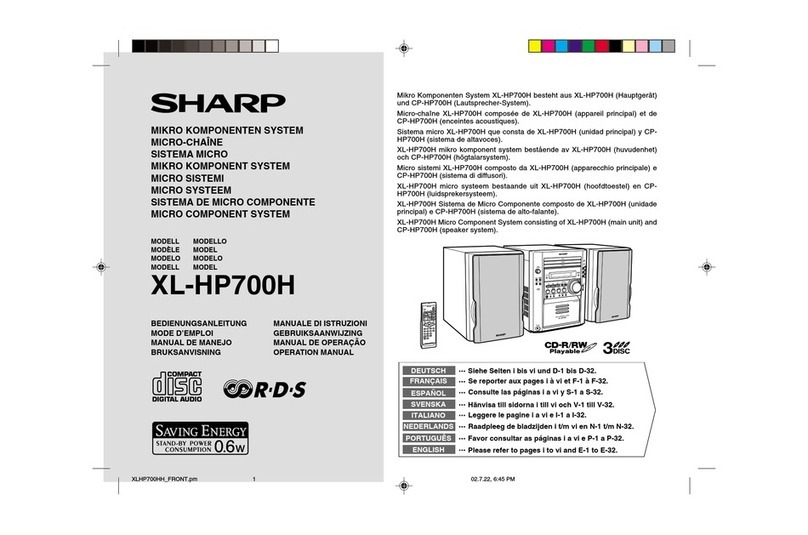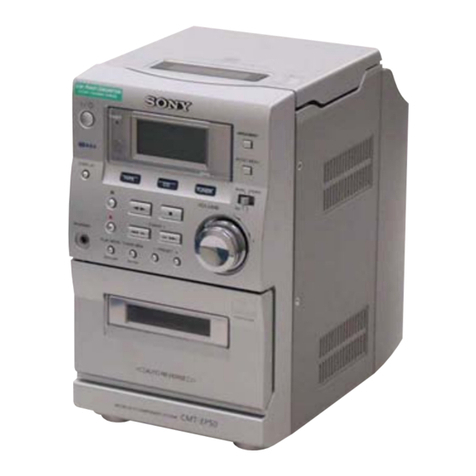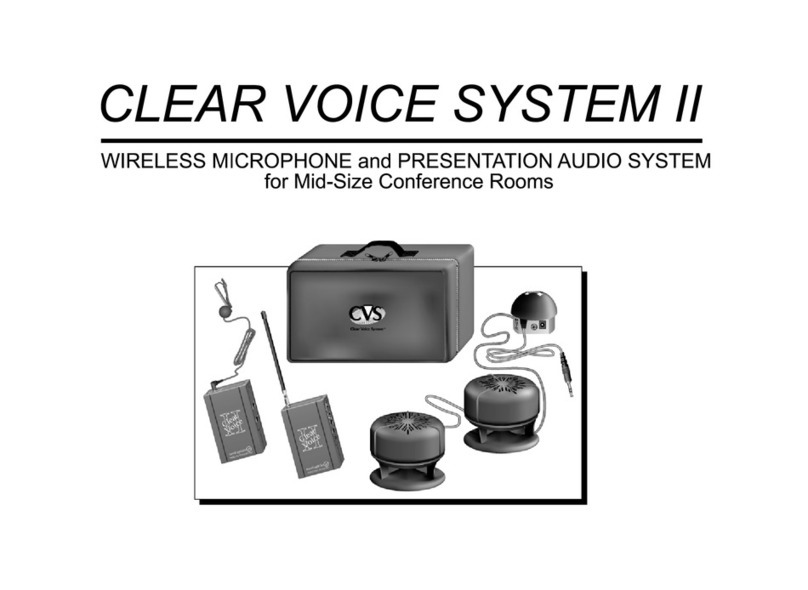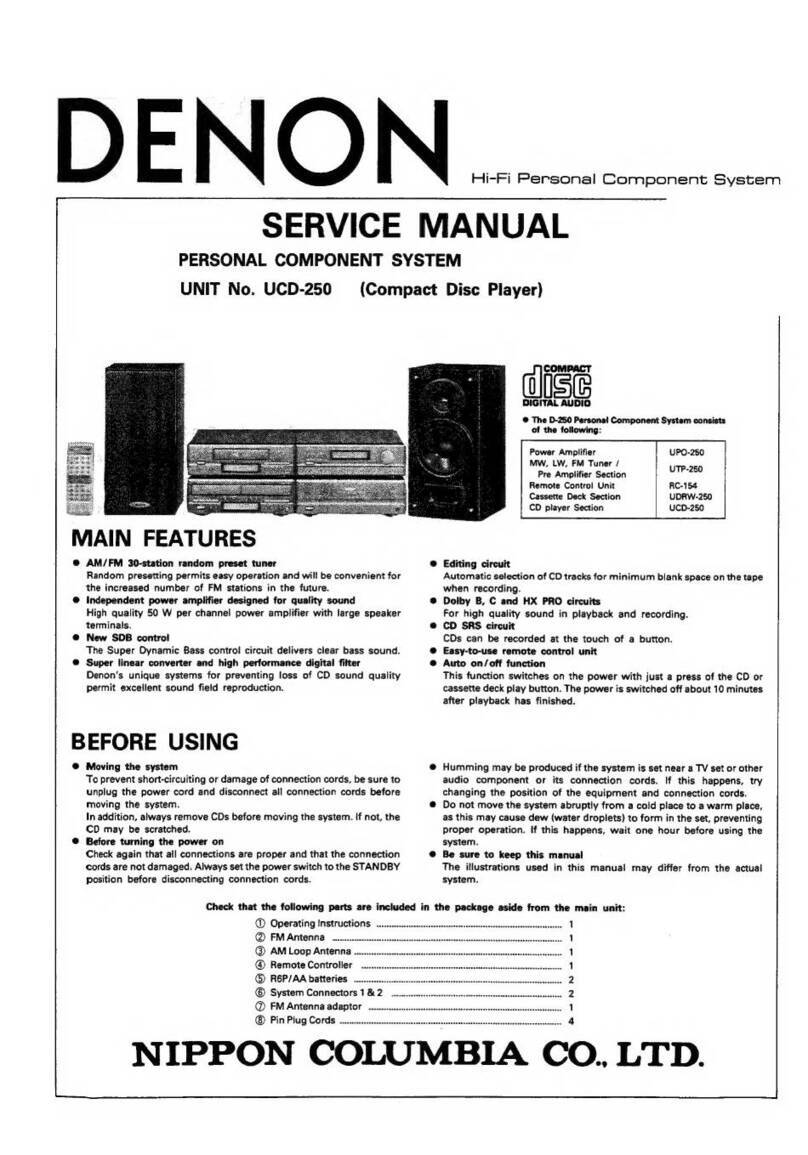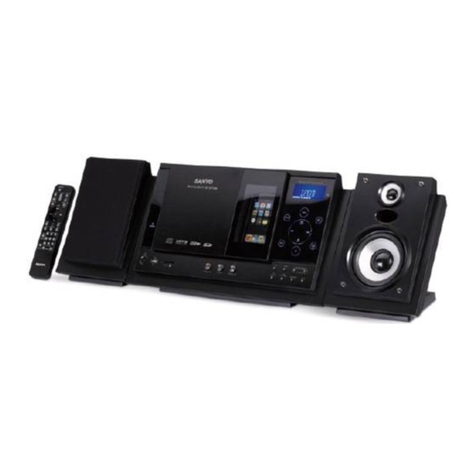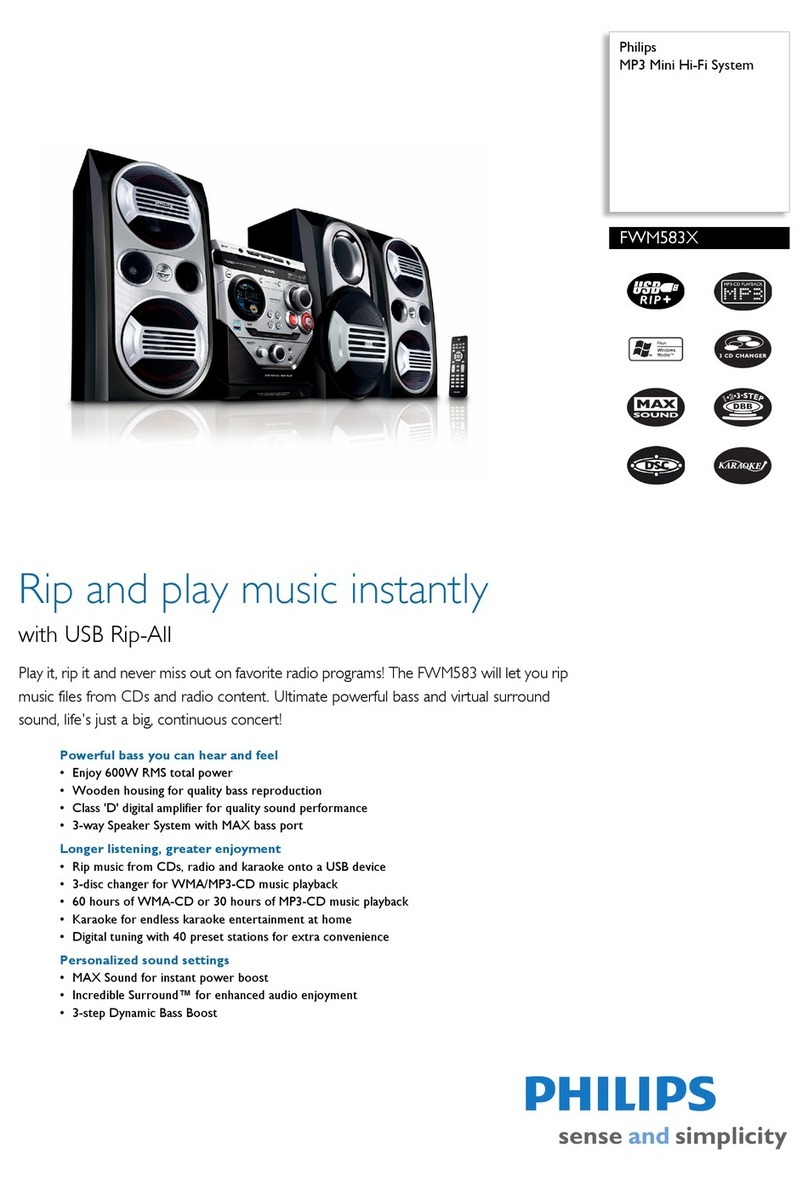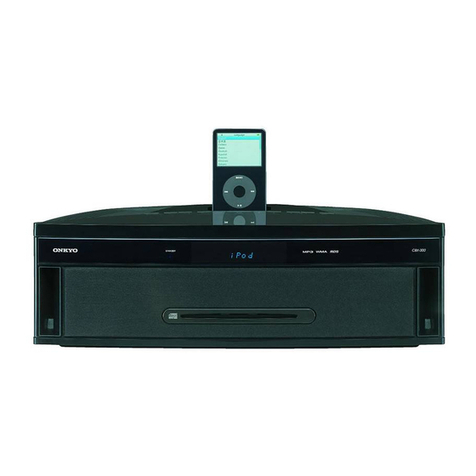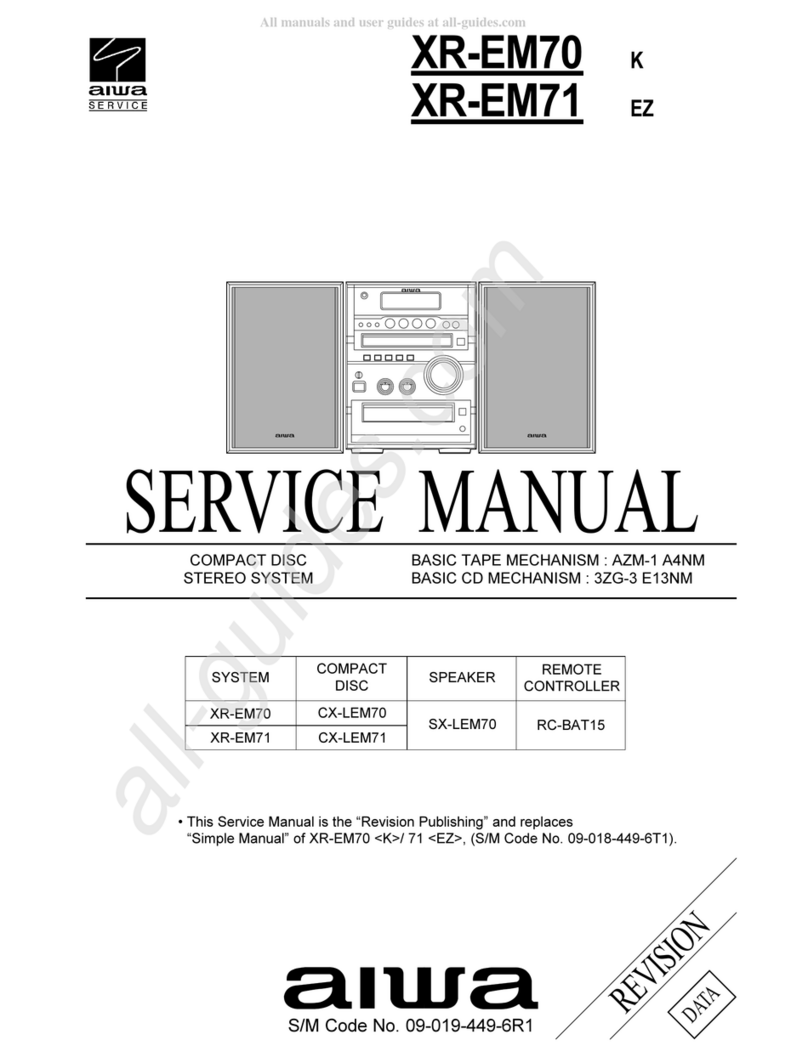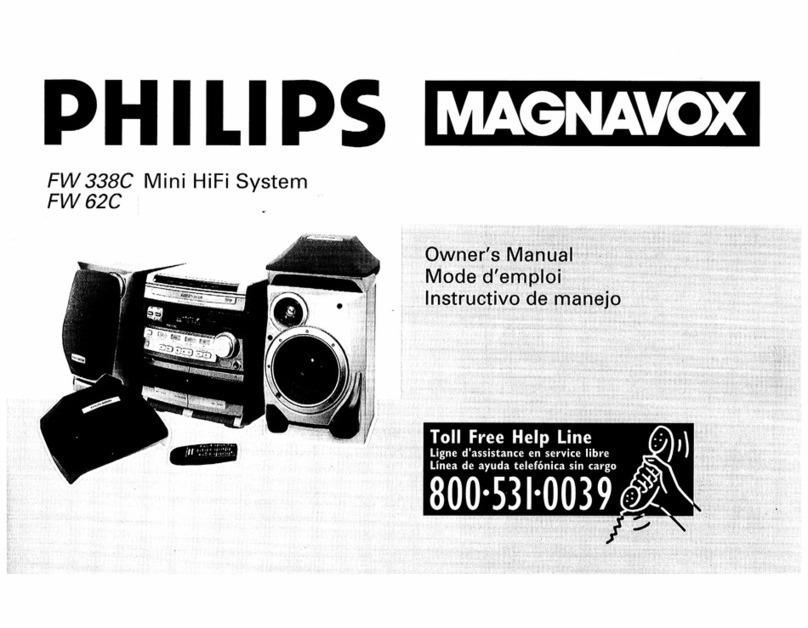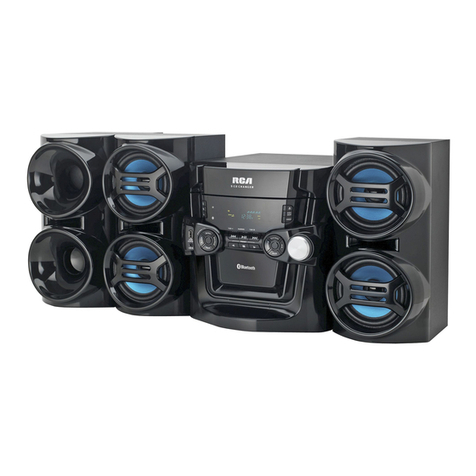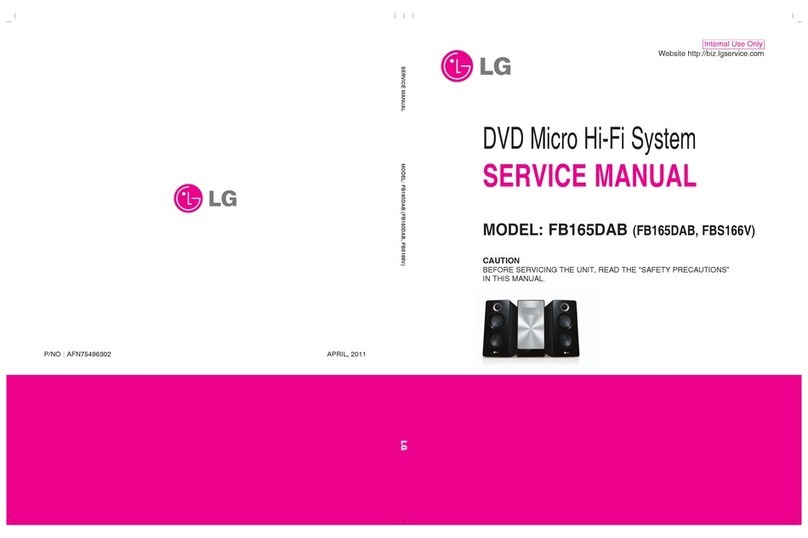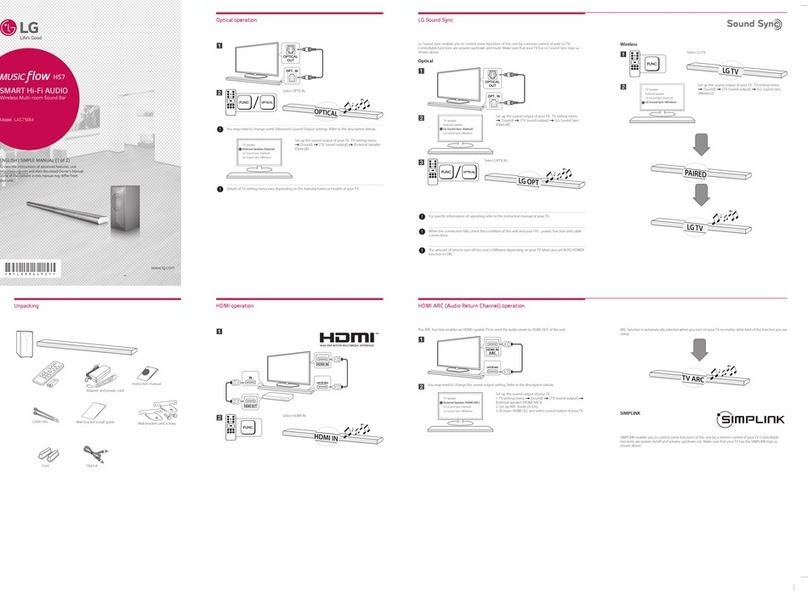
CD-MPX100E
2 – 3
[4] CD section
•Adjustment
Since this CD system incorporates the following automatic adjust-
ment functions, readjustment is not needed when replacing the
pickup. Therefore, different PWBs and pickups can be combined
freely.
Each time a disc is changed, these adjustments are performed
automatically. Therefore, playback of each disc can be performed
under optimum conditions.
Items adjusted automatically
1) Offset adjustment (The offset voltage between the head amplifier
output and the VREF reference voltage is compensated inside the
IC.)
* Focus offset adjustment
* Tracking offset adjustment
CD Error code description
* 'CHECKING'
If Error is detected, 'CHECKING' will be displayed instead of 'ER-
CD**' display. 'ER-CD**' display will only be displayed when error
had been detected for the 5 th times.
Standard Specification of Stereo System Error Message Display Contents
(*) CHECKING:
If CD changer mechanism error is detected, 'CHECKING' will be display instead of 'ER-CD**' display.
'ER-CD**' will only be display when CD changer mechanism error had been detected for the 5 th times.
Error Explanation
01 When Pickup set inner position, inner switch cannot detect
‘ON’ level for 10 secs.
10*
When tray moves to Open/Close, Open/Close switch can-
not detect ‘ON’ level for 7 secs.
When disc table rotate to target position.
Clamp switch cannot detect ‘ON’ level for 7 secs.
11* When disc table set to Disc1 position for 1 st time.
“CLAMP SW”, “DISC NO SW” and “OPEN/CLOSE” cannot
detect ‘ON’ level for 14 secs.
31 When it change to CD function, DSP cannot read initial
data.
Error Contents Display Notes
CD Pickup Mechanism Error. 'ER-CD**' 01: PU-IN SW Detection NG.
CD Changer Mechanism Error. 'ER-CD**' (*) 10: Changer Error.
11: Initial Error.
CD DSP Communication Error. 'ER-CD**' 31: DSP COMMUNICATION ERROR.
Focus Not Match. 'NO DISC'
TUNER PLL Unlock. PLL Unlock.
FM 87.5 MHz
